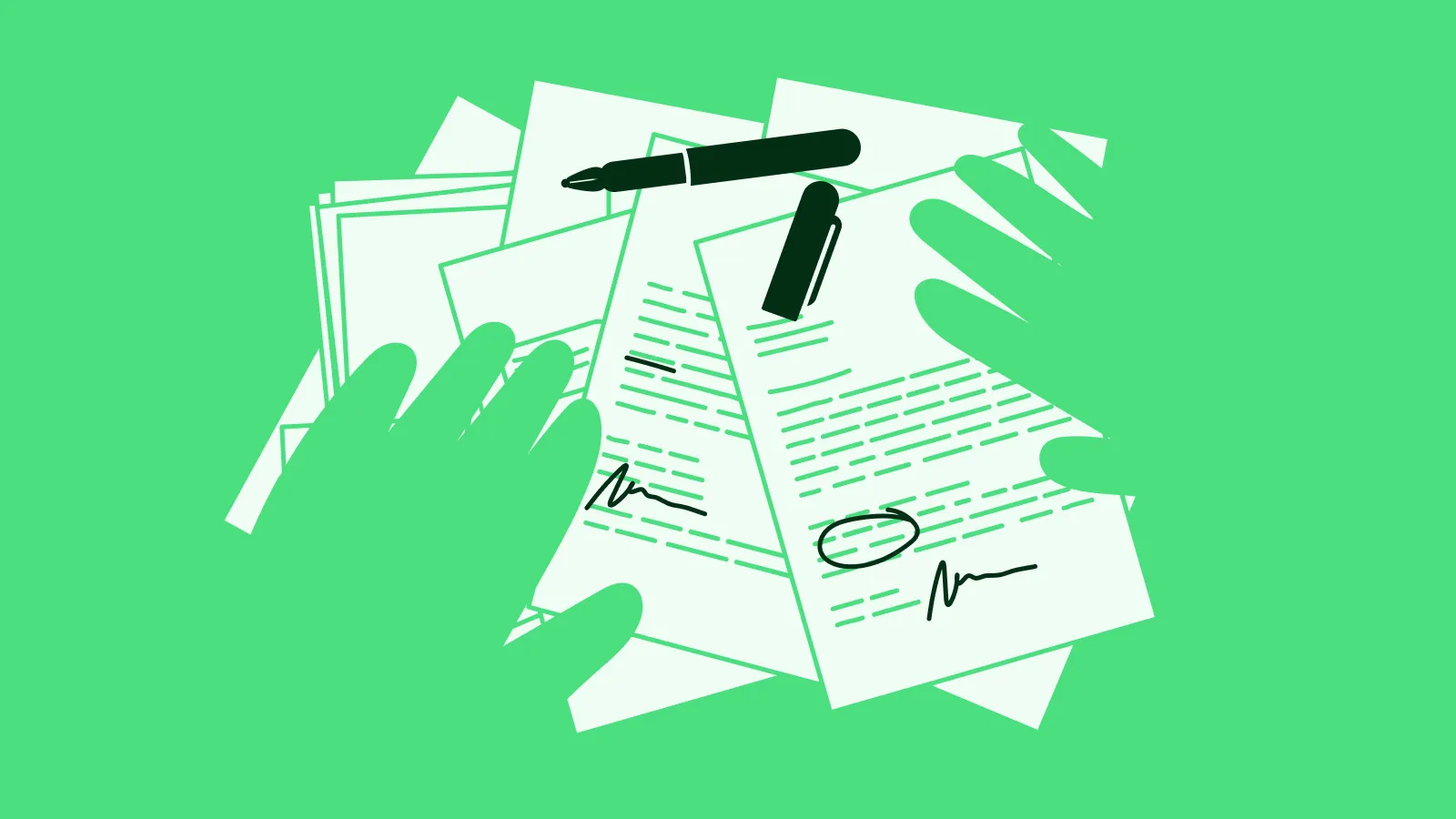Porting Your Mortgage
Discover how to port your mortgage when you move house and explore all the alternative options.
No impact on your credit score.

Author: Michael Whitehead, Head of Content
Reviewer: Paul Coss, Haysto Co-Founder and Chief Customer Officer
Updated: Jul 22 2025 5 mins
Mortgage porting lets you transfer your existing mortgage deal to a new property when you move home. It can be a great option if you’re on a competitive interest rate or if you want to avoid early repayment charges. But it’s not always the best choice for everyone.
In this guide, we’ll break down how mortgage porting works, when it’s a good idea, and why you might want to consider other options before making any final decisions.
What Is Mortgage Porting and How Does It Work?
Porting a mortgage means transferring your existing mortgage deal to a new property when you move. In practice, it works like this:
You repay your current mortgage and take out a new one with the same lender, using the same interest rate and terms (where possible) for the amount you still owe.
If you need to borrow more, the extra amount will usually be subject to your lender’s current rates.
You’ll need to go through the lender’s full affordability checks again, just like you did when you first took out your mortgage.
While porting might sound like a straightforward process, it’s important to remember that only your current mortgage rate and terms are portable, NOT your mortgage loan amount.
This means your lender will need to reassess your financial situation, credit history, and the value of your new property before approving your porting application. If your circumstances have changed (for example, if your income has dropped or your credit score has worsened), you might not meet their lending criteria anymore.
Are All Mortgages Portable?
Not necessarily. While most lenders offer portable mortgages, not every mortgage deal includes this feature.
Even if your mortgage is portable, your lender doesn’t have to approve the transfer. They’ll assess your finances based on their current criteria, which might be stricter than when you first got the mortgage. Changes to your circumstances since you first applied for a mortgage could also lead to your porting application being declined.
Some key things to check before assuming you can port your mortgage:
Does your mortgage offer portability? (Check your paperwork or ask your lender.)
Will your lender approve the new application based on your income and credit score?
Does your lender allow porting to all types of properties?
What Are the Different Types of Mortgage Porting?
Depending on the value of your new home, porting a mortgage can work in two different ways:
Porting to a more expensive property: If you're upsizing, you may need to borrow additional funds. This often involves a "blend and extend" arrangement, where your existing mortgage rate applies to the original loan amount, and the additional borrowing is subject to current market rates. This blended rate results in a weighted average interest rate across your total borrowing.
Porting to a less expensive property: If you’re downsizing, you might not need any additional borrowing. However, reducing your loan amount significantly could incur early repayment charges, as many lenders limit how much you can repay without penalty. It's essential to discuss this with your lender to understand any potential fees.
What Are the Benefits of Mortgage Porting?
Mortgage porting can be a great idea for the following reasons:
Keeps your current interest rate – If your mortgage deal has a low interest rate, porting allows you to keep it rather than moving onto a higher one.
Avoids early repayment charges – Many fixed-rate mortgages come with early repayment charges if you switch lenders before the deal ends. Porting can help you sidestep these fees.
Saves time and paperwork – Staying with your existing lender means less admin than applying for a brand-new mortgage elsewhere.
When Is Porting Your Mortgage a Bad Idea?
While porting has its advantages, it doesn’t always make financial sense. Here are some scenarios where it might not be the best move:
You could get a better deal elsewhere – If interest rates have dropped since you took out your mortgage, repaying your existing balance and taking out a new mortgage when you move home could be cheaper in the long run.
Your lender’s affordability criteria have changed – You might not meet your lender’s current requirements, meaning they could reject your application to port.
You need to borrow more – If your lender’s current rates are much higher than your existing deal, the extra borrowing could end up being expensive.
Your new home doesn’t meet lender criteria – Some lenders have restrictions on certain property types, like non-standard construction or ex-local authority properties.
Mortgage Porting vs New Home-New Mortgage
Porting your existing mortgage or repaying it and taking out a new one when you move home with a different lender both come with their own pros and cons, so the right choice depends on your circumstances.
Porting Is Best If:
Your existing mortgage has a lower interest rate than current market rates.
You want to avoid early repayment charges.
Your financial situation hasn’t changed, and you meet your lender’s current criteria.
You’re happy staying with your current lender.
New Home-New Mortgage Is Best If:
You can get a better deal with a new lender.
You need to borrow more, and your existing lender’s rates aren’t competitive.
You’re switching to a different type of mortgage (e.g. moving from a fixed to a tracker rate).
Your lender won’t allow you to port.
We're Here to Help!
If you’re not sure which option is right for you, get in touch with us and a member of our mortgage team will help you compare deals across the market so you can weigh up your choices.
No impact on your credit score.
Alternative Options
If neither porting nor getting a new mortgage for the full amount is right for you, there are other ways to finance your new home move, including:
Port and borrow: Basically, do both! Port your existing mortgage, but seek the most competitive rates from across the mortgage market for the remaining balance needed to buy your next home.
Product transfer: This involves switching to a different mortgage deal with your current lender, potentially securing better terms but for the full amount you need to buy your next home, rather than having separate amounts.
Further advance: Some lenders offer additional borrowing on your existing mortgage, known as a further advance, which can be useful if you only need a small amount to secure your next house move.
Wait until your existing deal ends: This option avoids paying early repayment fees and would mean you could search the market for the most competitive deals on a new mortgage for the full amount needed to buy your next home.
Start Your Next Mortgage Journey with Picnic
Porting a mortgage can be a smart move if it helps you keep a great deal and avoid extra fees. But it’s not always the best option, especially if you can find a cheaper mortgage elsewhere.
Before making a decision, make an enquiry with us and one of our Mortgage Experts can help you check your lender’s terms, compare rates, and explore all of your options.
Related Pages
The Picnic Guide To Buying a Home

How Conveyancing Works

How Stamp Duty Works

Choosing Your Mortgage

Speak to One of Our Experts
First or next move, remortgaging or investing - get clear advice from our award-winning experts to help you find the right mortgage.
No impact on your credit score.